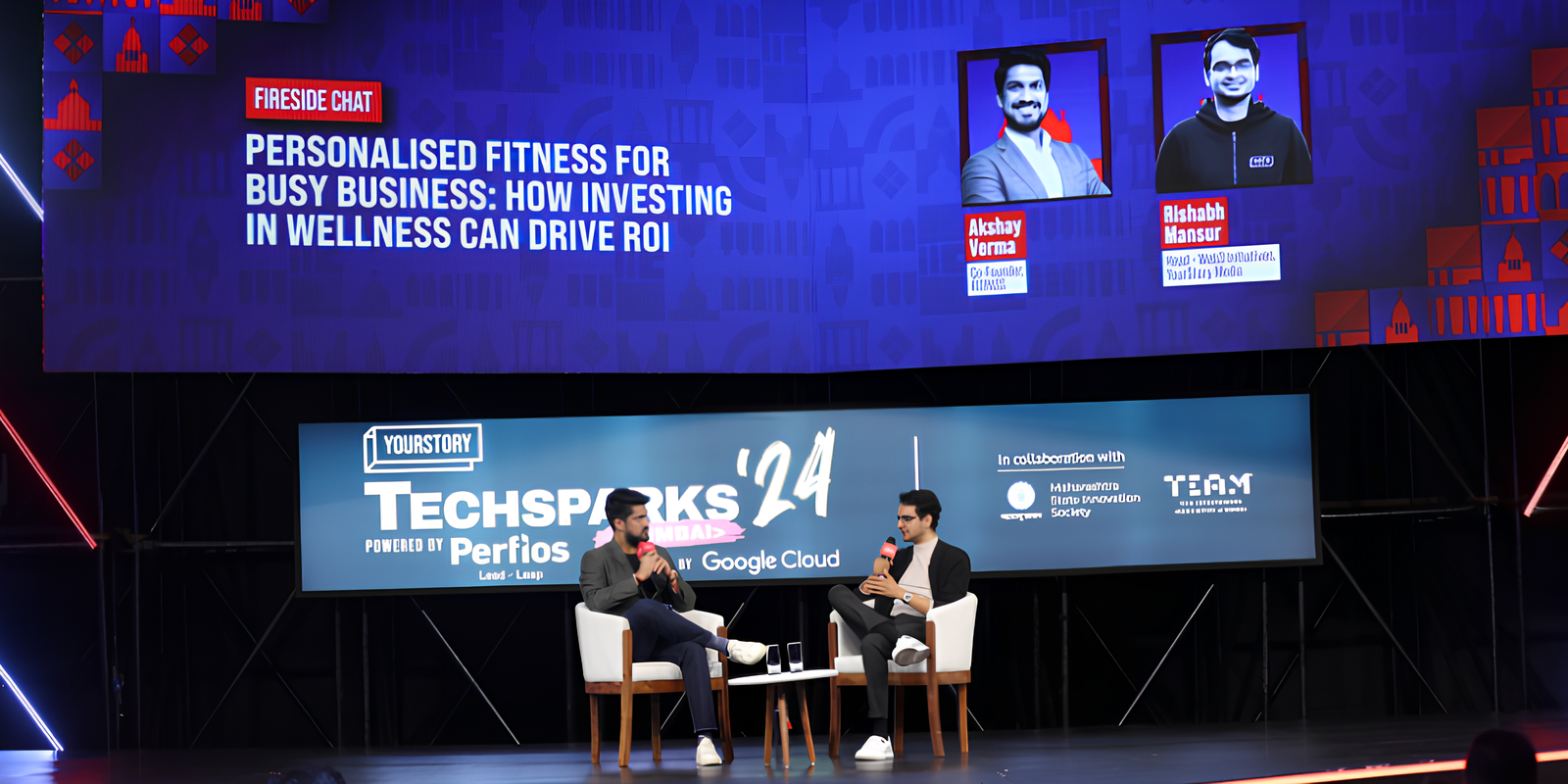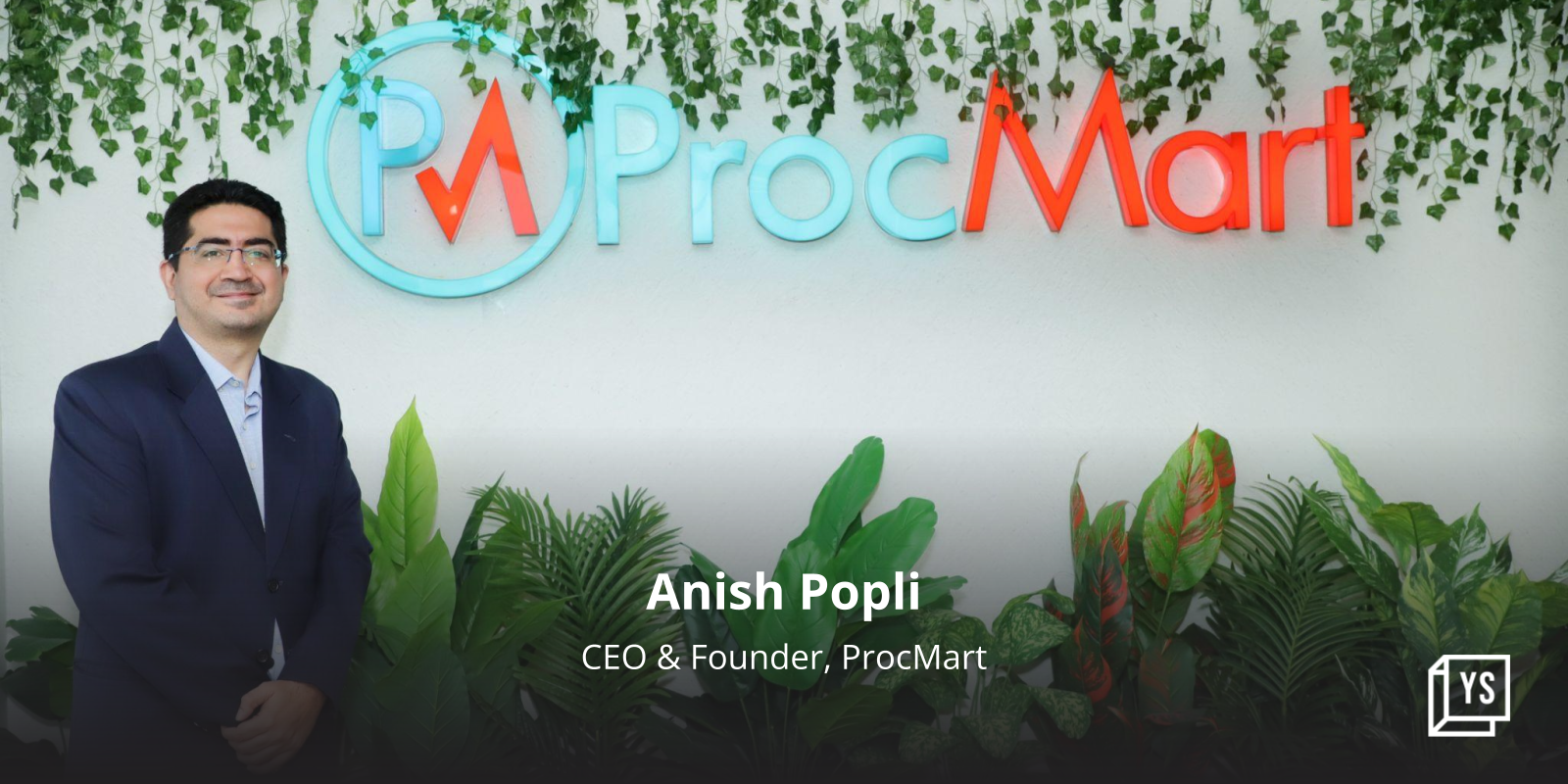[Product Roadmap] How Ratan Tata-backed Moglix is tapping tech to become Alibaba 2.0
A product roadmap clarifies the why, what, and how behind what a tech startup is building. This week, we take a closer look at B2B ecommerce platform Moglix and how it is using technology to digitally transform the supply chain of India’s manufacturing sector.
When Rahul Garg, an IIT Kanpur and ISB alumnus, was heading AdX (India SEA and Korea) at Google, he knew he had to take the entrepreneurial plunge, but was unsure of what next. The B2B ecommerce space intrigued him and he was keen to build Alibaba 2.0.
In 2015, he went on to launch Noida-based , a B2B industrial goods ecommerce marketplace.
“At Moglix, we are on a mission to re-imagine B2B commerce and supply chain with technology. Given that the adoption of technology in India’s manufacturing sector is still in the stages of infancy, there are opportunities to leverage technology to resolve business challenges. We are enabling a complete ecommerce experience for business buyers and sellers through technology,” Rahul says.
The journey to transform B2B commerce started with the launch of their first product, the website, which was focussed on SME buyers and sellers. As the startup started to scale, it started addressing challenges across the supply chain, on the demand and sourcing sides.
“Not only did we focus on the technology provided to our customers, but also the technology that was powering our supply chain. Our B2B platform, with supplier portal and cataloguing functionality, was launched within a five-month period,” Rahul says.
The team began to leverage its strengths in the B2B ecommerce space to build enterprise-level apps and tools, which allow manufacturing companies to apply ML to their data and processes.
“Our web applications are upgraded on a weekly to monthly basis. All our mobile apps are upgraded once every month. The addition of new features and functionalities, and the overhauling of the user experience and interface of our applications are customised, demand-driven and, thus, mapped against relevant KPIs,” Rahul says.
Focus on the integrated supply chain
Moglix focusses primarily on B and C class procurement for manufacturing firms.
Materials are broadly classified into three categories: A, B, and C. Category A includes critical components needed for the end product; they’re raw materials or bill-of-material products that go into the making of final products.
Category B doesn’t necessarily include bill-of-material products, but is critical in the production process. For example, a lubricant or customised products comprises B class.
The C class includes products needed for production. Be it hand tools, suits, or gloves, and these enable the manufacturing process.
Partha Dash, SVP, Business Operations, Moglix, says: “We have integrated with the ERP of all these customers. This gives a real-time visibility of what is being consumed. Typically, these are the neglected procurements in many organisations, just because of the fragmentation of supply. The integration gives a visibility of consumption and the next order process.”
He adds that the C class procurement also helps in building the supply chain in a methodical way. “Upgradation of our applications is a continuous process and is anchored to the customer feedback on the MVP (Minimum Viable Product).”
The COVID-19 push
Working in procurement and with the integrated supply chain, Moglix has also been closely associated with Personal Protective Equipment Suppliers. This has led the startup to do its bit in India’s fight against coronavirus.
“Moglix is donating one lakh masks to government hospitals, which are at the forefront of fighting this pandemic. We are working with close to 50 government hospitals across Delhi-NCR to understand their demand and deliver masks as quickly as possible. We have created a dedicated email ID where any government hospital needing masks can reach us,” Rahul says.
The team has identified certified mask suppliers pan-India.
“We have carried out necessary vendor assessment, product quality testing, and certificate verification to ensure that right products are being supplied. We are enabling a complete ecommerce experience for business buyers and sellers through technology. The integrated supply chain brings greater visibility and process efficiency into the procurement and supplying processes,” Rahul says.
However, the key challenge is to ensure quality of supply meets the delivery timeline. Currently, suppliers have an issue with infrastructure and checks.
Moglix has created an SOP with multi-point quality checks to supply and deliver the right protective gear. The team has also activated a supply chain with 20 cities, focusing on intra-city model to deliver protective equipment in a timely manner.
Making procurement easier
Partha says most global manufacturing companies have purposing and manufacturing facilities across many countries.
“They have contracts at regional levels, which are repositories in all these organisations. However, during production or processing, a particular unit in a specific country need not be exposed to all contracts present in all repositories,” he says.
He adds that it becomes difficult to look at all of these repositories. Also, when one goes through a contract, the relevant information versus compliance and statutory limitations “have a lot of if’s and but’s”.
As it worked with procurement teams, Moglix realised that this was one of the biggest pain points across different sectors.
“We built a platform that sits on top of multiple contracts across repositories to fetch the right information for the user,” Partha says. This helps create an easier procurement user experience.
Rahul adds that one of the major highlights of their technology journey has been the development of the indigenous cloud-installed spreadsheet application that offers an improvement over standard applications like Excel.
“Our cloud-installed spreadsheet application enables faster integration of ERP suite, and our cloud integrator allows fast set up-of data lakes and a centralised event management system. Major user benefits include the use of spreadsheet features in a more customised way, real-time auto-filling and validation of data, and other Excel-like features,” Rahul says.
Working on scale
All the Moglix technology is built in-house. The team building for each of the technology platforms is mapped against the stage of the software development lifecycle that the product is at a certain time and the scope for scaling the product.
Rahul explains the team built the technology systems for scale from the beginning. Each transaction can have 6x to 8x scale, which is why the tech is “modular”.
"A rule of thumb we follow at Moglix is to link upgradation of our technology to feedback. This allows us to be more customer-centric, innovate products that are relevant to customer pain points, and “fit for purpose”. Automation is at the key of our feedback collection process and allows us to extract insights from the technology platform. Our people also collaborate with the customer, engage in regular conversations, and add valuable insights,” he says.
Rahul adds that the team keeps absorbing takeaways from the evolution and growth of business and moderates product development accordingly, across segments of SME, enterprise, and SaaS.
For instance, when the team spotted business challenges in the procurement of Class B and C items in manufacturing, it added the MRO and packaging offerings to the portfolio.
“A major inflection point in our product development was the implementation of GST. It was a game-changer for the entire economy and required us to learn more about the integration of legacy technologies and the requisite upgradation of technology in accordance with the rollout and maturing of GST and its impact on enterprise commerce,” Rahul says.
The team aims to learn about business pain points that come from the use of legacy applications for enterprise commerce. For instance, enterprises that used legacy software solutions continue to grapple with challenges in technology adoption by users.
“We incorporated a simple and effective user experience in the workflow of our applications. The experience we gained set the tone for development of other SaaS products like the Vendor Portal for manufacturing companies,” Rahul says.
Edited by Teja Lele






![[Product Roadmap] How Ratan Tata-backed Moglix is tapping tech to become Alibaba 2.0](https://images.yourstory.com/cs/2/a9efa9c02dd911e9adc52d913c55075e/roadmap800x400-1588003937614.png?mode=crop&crop=faces&ar=2:1?width=3840&q=75)







